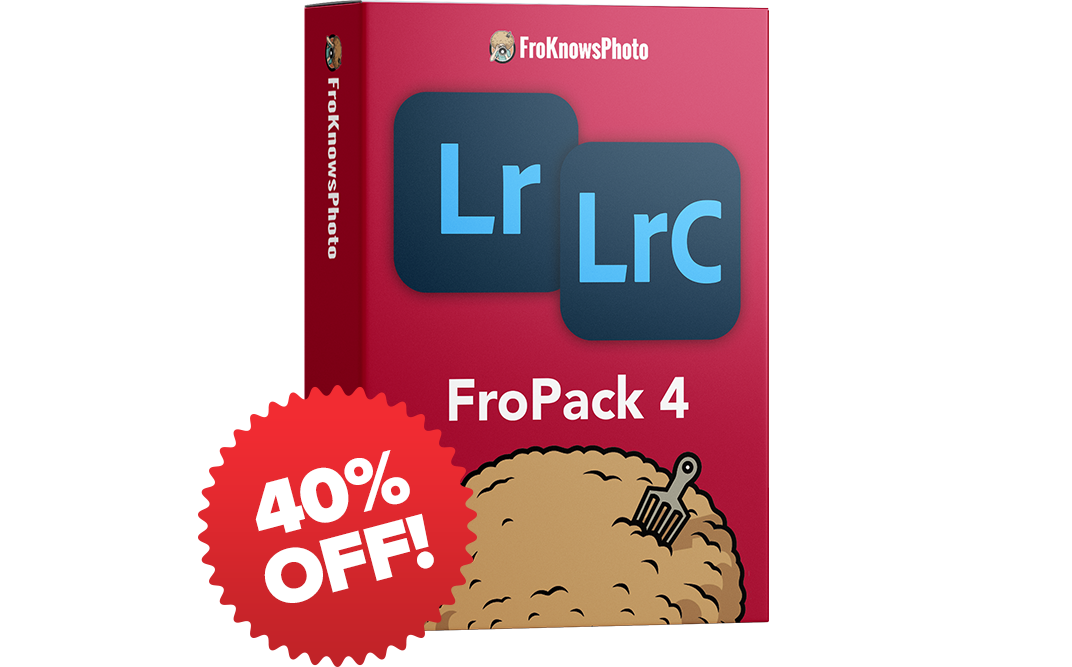Full Frame and Cropped Sensor Explained
There are a few different sensor sizes out there today. You have Full Frame and Cropped Sensors and now Four Thirds which I did not speak about in this video.
On the Nikon end you have FX and DX. FX is a full frame sensor based on a 35mm size and DX is a cropped sensor based on a 24mm or APS size.
There are advantages and perceived disadvantages to both. With Full Frame you get much better Hi-ISO capability but it is much more expensive.
DX is a small sensor but makes your longer lenses act like they have more power. You multiply any lens you put on the camera by 1.5X to determine its 35mm equivalent. The downside is you need to purchase special ultra wide lenses to capture really wide angle images on DX. Another disadvantage to DX is you will not want to use those lenses on a Full Frame camera. So it becomes a dilemma on weather not to purchase a lot of DX lenses or not.
On the Canon side you have three sensor sizes. Full Frame, 1.3x magnification in their sports cameras and APS-C which is 1.6x magnification. On the canon side. Any lens that you place on the APS-C sensor you will multiply by 1.6x to get the 35mm equivalent. As in the Nikon the larger the sensor the better the Hi-ISO capability the camera will be. Unlike Nikon Canon utilizes a 1.3x cropped sensor int heir high end sports camera. Sports photographers like having their longer glass have more reach.
The cameras that have Full Frame sensors will be more expensive because they are more costly to manufacture. They are generally put into higher end bodies that are packed with more features.
Should you go Full Frame or Cropped sensor? That all depends on the type of work you will be doing and your budget.



